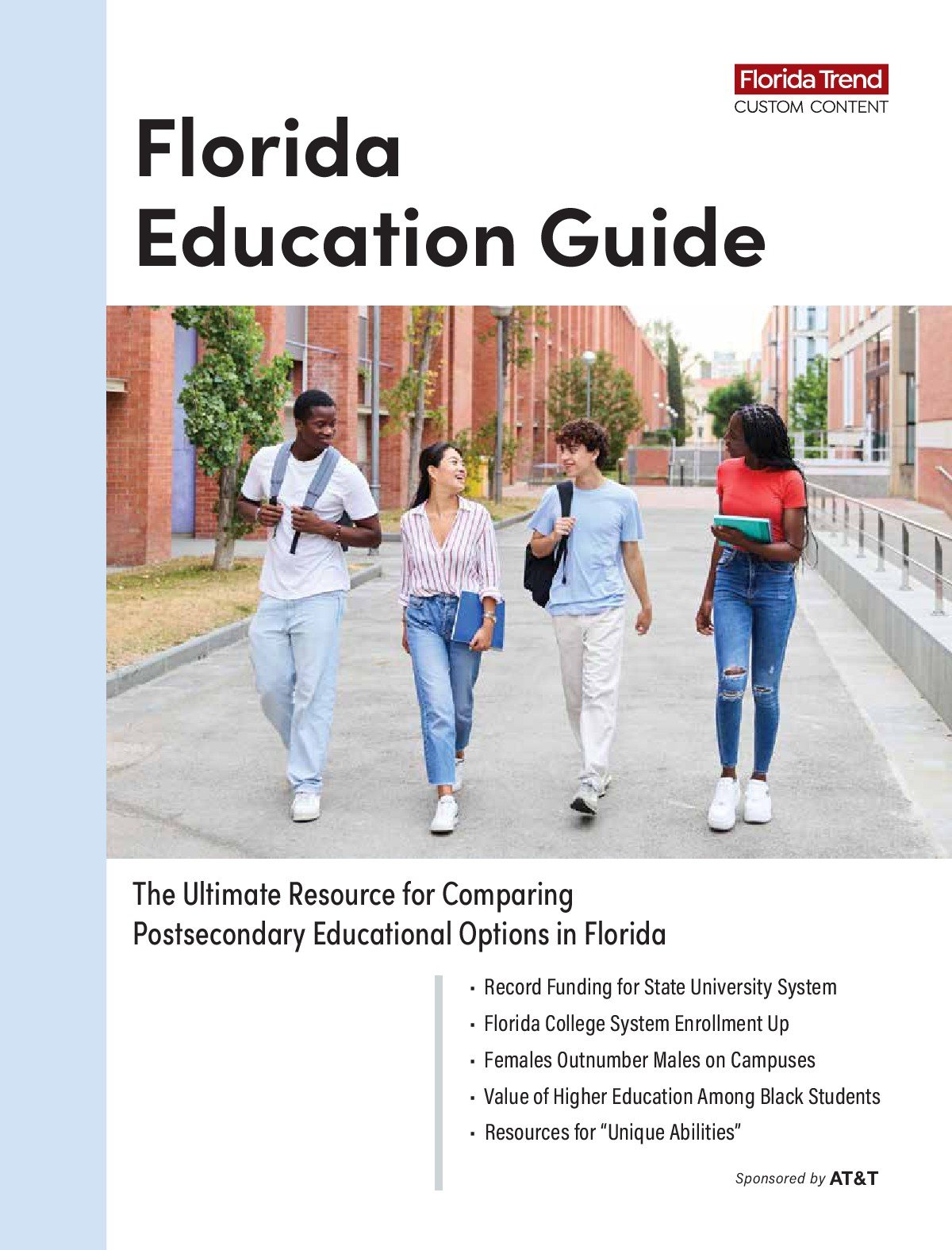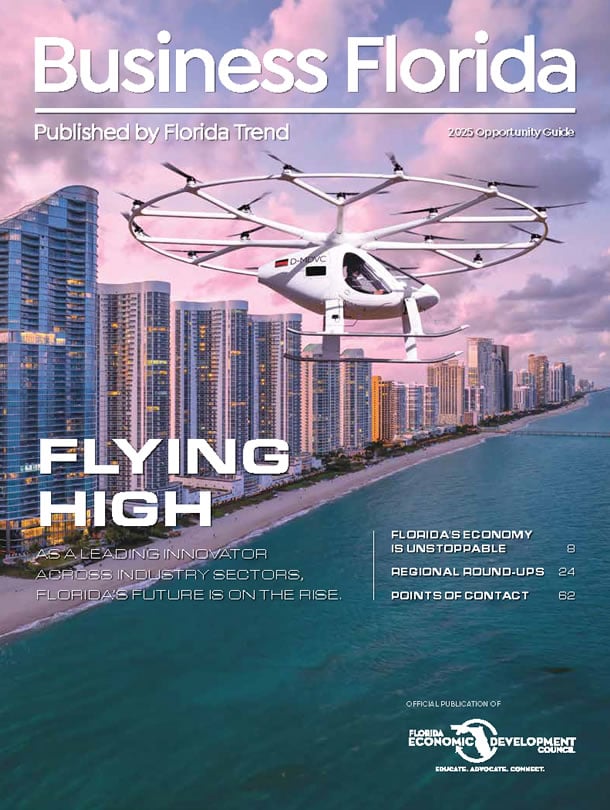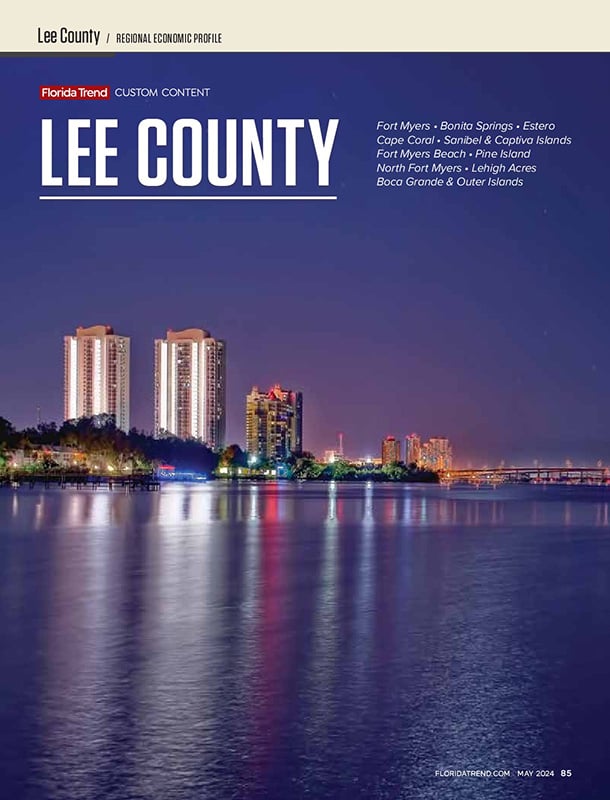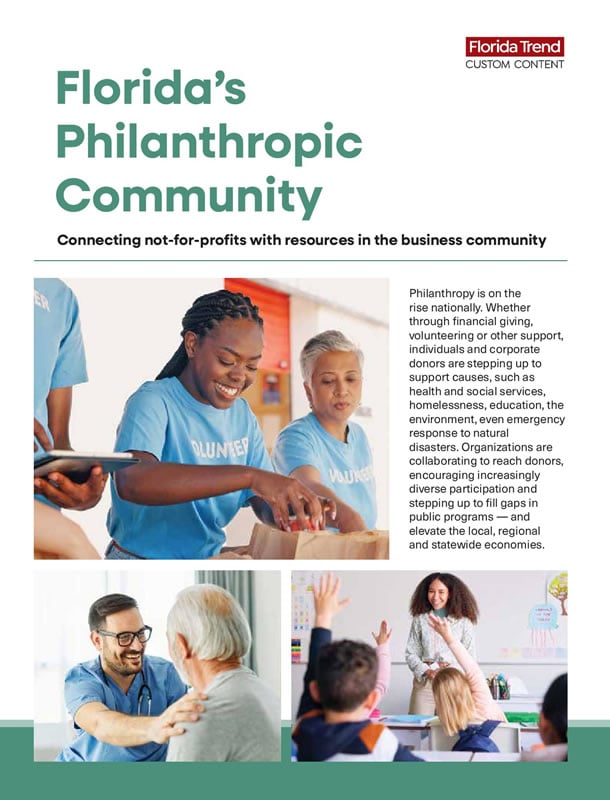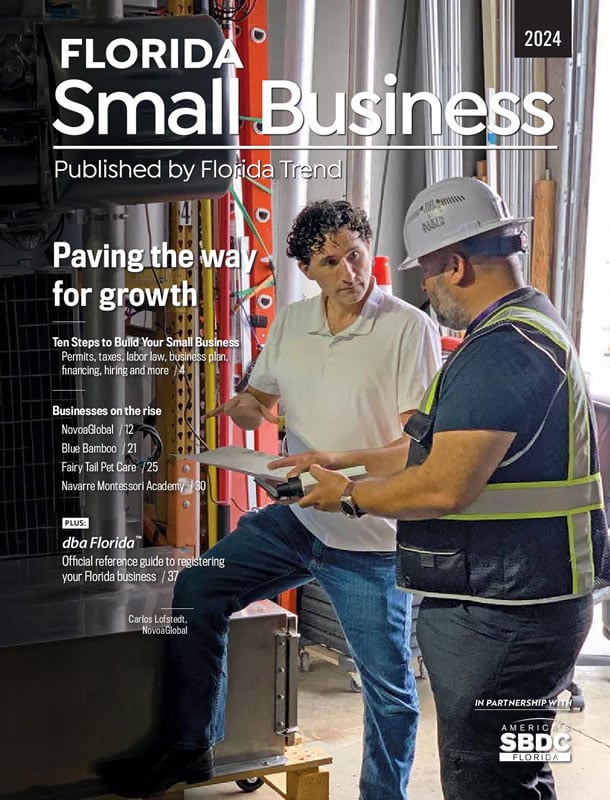There was no limb. Perry had hooked a giant bass, 32 inches long. On the way home, Perry had it weighed at the general store with a notary public as a witness. The fish was 22 pounds, 4 ounces, a world record. Perry won $75 in merchandise from a Field and Stream contest. His mother fried the fish for dinner.
Whoppers
WORLD RECORD
George W. Perry, 1932, Lake Montgomery, Ga., 22 pounds, 4 ounces.
FLORIDA RECORD: Uncertified
Frederick Joseph "Fritz" Friebel, 1923, Big Fish Lake, Pasco County, 20 pounds, 3 ounces.
FLORIDA RECORD: Certified
Billy O'Berry, 1986, unnamed lake, Polk County, 17 pounds, 2 ounces.
In the 71 years since Perry's record day, his 22-4 has become for anglers the sound barrier, Bob Beamon's long jump and the four-minute mile all rolled into one. And just as each of those milestones has fallen, most believe that soon someone will be lucky and good enough to fulfill every serious bass angler's daydream -- besting Perry's 22-4 and parlaying the new record into millions in prizes, endorsements and outdoor show appearances.
When caught, the record-breaker will be a Florida bass, but it likely won't be landed in Florida. And therein lies a fish tale about bass and the race to the superlunker -- a race in which Florida, ironically, isn't even running.
THE WELL-OUTFITTED
BASS ANGLERMike Halligan is fishing team leader at Bass Pro Shops Outdoor World in Fort Lauderdale, one of four mega-stores the Missouri company operates in Florida. Halligan provided some information on what it could cost to outfit someone with plenty of money to spend and who wants to be a serious bass angler:
EquipmentCostG-Loomis, 6-foot-6-inch medium heavy bass rod$275Shimano Calais baitcasting reel, with 11 ball bearings. It's the reel Halligan uses. "It looks like sort of a chrome rocket ship."$330Good supply of PowerPro fishing line$24Bass Pro Shops Extreme President's Tackle Bag$65"An army of plastic baits:" crank, spinner and other lures and tackle$20030-pound Boga Grip landing, lipping and weighing device for fish up to 30 pounds$120Net$15-$20Leatherman Wave fishing utility knife with pliers, files, etc.$70Guided trip with Billy Bob Crosno, a two-time former world champion$350A low-end, aluminum boat with trailer,depth finder, motor and trolling motor and aerated live well for bait and your catch$8,500Even better: A fully equipped Nitro boat$35,000GPS starting at$100Freshwater fishing license for a Florida resident$13.50Even better: Freshwater and saltwater license with a snook permit$27.50TOTAL$10,063 to $36,582It's ironic because everyone who's ever wet a line knows that Florida, with upward of 7,700 God-given lakes and more trophy bass than anywhere in America, is the place to catch the bass of a lifetime. Several Florida cities and two counties claim to be the Bass Capital of the World. (Before Perry's big bass, the record had been 20-3, set by Frederick Joseph "Fritz" Friebel in 1923 on aptly named Big Fish Lake in Pasco County.)
Black bass fishing in Florida draws 647,000 anglers a year and represents the lion's share of the $666 million spent on freshwater fishing here, according to the U.S. Census Bureau. That includes everything from a $13.50 state resident freshwater license to the $250 to $300 per day charged by guides on Lake Okeechobee.
"Way ahead of us"
Feisty like other largemouth bass, the Florida bass, micropterus salmoides floridanus, is a great fish for the fun of the catch. Unlike its northern relatives, it grows big fast and is the reason why 95,000 anglers, who would thrill up north at catching a 3-pound fish, come each year to Florida hoping to catch a trophy bass of 8 pounds or more.
Micropterus salmoides floridanus was native only to the peninsula until it became the bass of choice for states hungry for bigger fish. Tennessee, Oklahoma and Louisiana have stocked it.
Few, however, have matched Texas, which began stocking it in 1973 in its man-made lakes. "A lot of people want to have the record bass, but they aren't doing things to get there," says man-on-a-mission Phil Durocher, Texas' inland fisheries director. Freshwater fishing, he says, "is big business. It's good, clean business. It's business we want to have and we want to grow."
Texas is doing things to get there. That state, which has only one natural lake it shares with Louisiana, grows some 8 million fish a year in hatcheries. At a top-of-the-line hatchery and visitors center built in Athens, Texas, in 1996, the state develops genetic brood stock for superlunkers as part of its Operation World Record. Anglers in Texas donate bass weighing more than 13 pounds to the state hatchery to spawn the next generation of monsters that will attract bass fishermen.
Bass Fishing:
The Demographics
The average bass fisherman ...Fishes 16 days a year, the most avid of all fishermen by species type.Is white (nine out of 10), male (eight of 10), married (seven of 10) with an average age of 41.4.Has an average household income of $52,885.Isn't well-educated. Only 25% have four years of college.Earns more and is better educated than fishermen for other freshwater fish.Source: Southwick Associates for the American Sportfishing AssociationThe donation program is called Budweiser ShareLunker after its corporate sponsor, which no doubt remembers the adage that if you give a man a fish, you feed him for one day; teach him to fish, and he'll sit on a boat all day and drink beer.
Texas is "way ahead of us," says Doug Hannon, an Odessa, Fla., angler, author, ESPN regular and the most knowledgeable -- say anglers -- lay expert on bass. While Texas lakes regularly produce bass weighing in the double digits, Hannon wryly adds, "they haven't reached the potential of dumb luck."
By dumb luck, Hannon is referring to California. That state began stocking bass from Florida in 1959. There, they live large. Cool reservoir waters are optimal for bass longevity and growth. Plus, California conveniently provides forage in the form of farm-raised trout that are stocked for anglers but end up as bass food.
FRESHWATER FISHING
IN FLORIDAAnnual Economic Impact:
A SamplerTotal annual expenditures by non-residents$103 millionNon-residents and residents combined$1.05 billionNon-residentsAll (in millions)Number of anglers242,5541.3Food$16.8 million$145.5Lodging$13.7 million$53.2Boat fuel$2 million$40.6Guides$8.7 million$14.3Public land use fees$49,549$3.9Equipment rental$3.1 million$16.1Bait$4.2 million$52.9Rods, reels, components$3.3 million$68.8Source: Southwick AssociatesThe result of the California bass's easy-to-get, high-lipid diet: Pampered fish that resemble basketballs with fins. Twenty-eight of the heaviest 32 bass in the world have been caught in California, all of them caught after Florida bass were stocked -- including one in 1991 just two-tenths off Perry's record and one in May within a pound. (Friebel's bass is 11th now.)
The betting money for the world record is on California. "I doubt it'll happen in Florida unless Florida does what California did. We are what we eat," says Ray Scott Jr., an Alabama angler who founded the 600,000-member Bass Anglers Sportsman Society, B.A.S.S. "Short of some kind of forage magic, it won't happen in Florida."
Other priorities
Developing a superlunker isn't a priority for the Florida Fish and Wildlife Conservation Commission anyway. Breeding with a world record in mind is "a hype thing," says southwest regional fisheries biologist Tom Champeau. And the state has other fish to fry to keep Florida's freshwater fishing industry healthy.
First, there's lake health. Florida lakes historically stayed vibrant because of cycles of flood and drought, Champeau says. That changed with water management and its goal of stable water levels. Lakes became clogged with muck and vegetation and prematurely aged toward bogs. Learning the lesson, state wildlife managers beginning in 1971 pushed for periodic lake drawdowns during which bottom muck is dredged away. Drawdowns are arguably good for bass but spawn other problems ("Win, Lose and Drawdown," below).
Bass boat expenditures nationally totaled $1.3 billion last year.While Texas experiments with improving bass genetics, Florida bass managers worry about keeping the genetic purity of what we already have. Private stocking of out-of-state bass and their subsequent mingling with Florida bass may be diluting Florida bass bloodlines. Fish and Wildlife scientists are surveying 50 Florida lakes to see how widespread "intergrade" bass have become.
"There really can be a tremendous economic concern," says Wes Porak, the state's bass research biologist.
Another concern: The state hatchery in the Richloam State Forest near Brooksville dates to 1965 and is inadequate for current needs, let alone engineering a superlunker. In February, the state will break ground on an $8-million Florida Bass Conservation Center at the existing site.
The new hatchery will allow the state to use a breakthrough in artificial feeding of fish to grow larger fish for stocking. In some Florida lakes, stocking doesn't help because fingerling bass (youngsters under 2 inches) are too small to feed on the lake's forage fish. Artificial feeding will allow hatchery managers to stock with farm-raised four- to six-inch bass.
When finished in 2005, the center -- plus another state facility in northwest Florida -- will allow the state to raise up to 1 million 4- to 6-inch bass a year and about 2 million fingerlings.
They also will continue to produce striped bass, catfish, sunshine bass, hybrids and crappies.
Healthy lakes and stocking with enough pure, healthy Florida bass will "in the long term give us more benefit than specifically managing for some trophy fish," says Ed Moyer, the state's freshwater fisheries director.
Odessa angler/author Hannon, among other anglers, says the state could do more. In particular, he would like regulations requiring bass of certain sizes (16 to 25 inches or 3.5 to 9 pounds) to be released after being caught and prohibitions on using live bait for the couple of months when bass are on the nest. "Florida has taken its fishing for granted and allowed it to decline for decades," Hannon says.
Moyer says such blanket regulations aren't needed in Florida; state biologists fan out across the state to make recommendations on a lake-by-lake basis. Also, they say, there's already a strong catch-and-release ethic here.
The odds of any bass becoming a record-breaker are long. Even if it starts with the right Florida bass bloodlines, it would have to stuff itself year after year with minimal effort, never get a tapeworm or illness that interferes with weight gain and live to old age without the bad luck of getting caught and mounted at, say, 6 or 8 or 17 pounds. "There are just too many people hammering the bass," says B.A.S.S. founder Scott. Also, Florida's heat speeds bass metabolism, making it unlikely the state can produce a record-breaker, says University of Florida sportfish authority Mike Allen.
The hook
Hope springs eternal. If a new record bass comes out of Florida, state biologists and expert anglers say it most likely would happen north of Sebring and south of Gainesville, in a lake on private property that doesn't get many anglers or on a spot along a river that's hard to fish well from boat or bank.
Mike Woolsey, president of the South Pasco Bassmasters club, has fished for bass for 15 years. He fishes four tournaments a month and caught his largest bass, 9 pounds, on Aug. 8, 1998. The 61-year-old loves the challenge of sticking to artificial lures and says, "the thrill never goes away. They always feel big and then when you do get him, you find out he's covered with weeds and not even a keeper, (but) you never know if your next bite is going to be the big one."
Woolsey would love to see a new world record come out of Florida, but he's philosophical if it doesn't. "It'd be nice if it was in Florida, and I would love to be the one to catch it." But if someone else does, Woolsey says, it just means "there's probably one bigger out there." And he might be the one to hook it.
Dam Politics
For a testament to the potency of bass politics in Florida, look no further than Rodman Reservoir in Putnam County. Created by the damming of the Ocklawaha River as part of the Cross-Florida Barge Canal project (a misbegotten federal attempt, killed by Richard Nixon, to shorten shipping transport time around the Florida peninsula), the artificial lake is one of the top 10 bass waters in Florida.
Breaching the dam and restoring the river has been the aim of environmentalists, notably the Florida Defenders of the Environment, formed in 1969 to defeat the canal project. They're joined by the U.S. Forest Service (one square mile of the Ocala National Forest is under water) and six Florida governors.
Studies indicate that restoring the river will allow manatees to go upstream, will open the area to other types of recreation, could increase recreational spending nearby and uncover 20 natural springs. Plus, environmentalists love to point out, it will be cheaper -- maintaining the dam costs money.
Yet the dam endures. Save Rodman, a group headed by 68-year-old bass tournament organizer Ed Taylor in Palatka, has thwarted efforts to undo the dam. Last year, the group's idea to save the lake -- by making the area a state reserve -- passed unanimously in the Senate and by a 92-26 margin in the House, a tribute to the political clout of local legislators and their friends in the legislative leadership.
Gov. Jeb Bush vetoed the bill. "His veto message this summer was a strong message," says 45-year-old Nick Williams, executive director of Florida Defenders of the Environment. "Regardless of how Gov. Bush's record has been viewed by many, he's supported this issue. He hasn't just given lip service to it."
Litigation, like the suit that forced the state to clean up Everglades water, is a possibility. Florida Defenders' Joseph Siry counts on federal funding to pay for breaching the dam.
Save Rodman's Taylor has his own plans. He argues the lake is too big an economic boost to the region to eliminate. And he predicts that Florida will come to prize it as a drinking-water reservoir. He expects to be able to change Bush's mind -- or at least get him to acquiesce in legislative horse trading. Or, he'll wait for a new governor. Lawton Chiles came close to successfully emptying bass-rich Rodman, Taylor notes. "We beat him, and we'll beat Bush too."
Raising Bass
In 46 ponds totaling 35 acres west of Orlando, Ron Slay can produce hundreds of thousands of fingerling (1- to 2-inch) Florida bass a year for sale to private landowners and to people outside Florida. (One of his bass in Texas grew to 15.74 pounds, the state record for private waters there.)
Slay's Florida Fish Farms Inc. is a relatively big operator in the small mom-and-pop private hatchery business in Florida. Only six to nine hatcheries grow bass here, competing with large outfits from as far away as Arkansas for the private stocking market. It's competitive, and prices are flat. "We're getting 10 cents more a fish than we did in 1977," he says. Fish sell for 60 cents apiece, though large orders ("300 fish is not a lot of fish") get a discount.
Slay's major costs are power, water, personnel -- and predation. Birds know easy pickings when they see them, and Slay loses $100,000 a year to the aerial thieves. He keeps a collie named Cabo to scare birds off. Slay supplements bass income by raising other fish such as catfish and koi. Indeed, he grosses more selling triploid grass carp, used to control vegetation, to agencies and private landowners than he does on bass.
Slay, by the way, doesn't fish. "It's like going to work for me," he says.
$8 Million Bounty
"The world record bass was basically a dream of my dad's. He had me convinced I could catch the darn thing, me and my brothers." Mickey Owens, a 57-year-old retired Tampa developer, hasn't caught a bass bigger than 9 pounds. But for the past six years, he's dangled millions in prize money for the angler who fulfills his dad's dream.
The reward sits at $8 million should a member of his Big Bass Record Club, basically a year-round, worldwide tournament, land a lunker that breaks George Perry's 71-year-old record. The club was the brainchild of Owens and Tampa Ford dealer Bill Currie. They charge club members $19.95 a year. In return, the club pays $10,000 for new state records, a total of $50,000 for the top 10 bass caught nationally and other prizes. The big payoff is the world record, "the biggest reward ever offered, man or beast, except bin Laden," notes bass angling expert Doug Hannon.
Brian Garry, a Tampa insurance agent, financial planner and pro boxing referee, joined the club on the off chance that he might land the record lunker. "You're going to fish anyway, right?" he says. "Like my daddy said, 'if you don't buy the ticket, you don't ride on the bus.' "
To pay for the prize, each year Owens' club buys the same kind of insurance golf tournaments have for holes in one. Owens says the insurer, AIG, has him "hogtied to confidentiality" on the cost. (Garry, his insurance agent, forgetting or unaware of the hogties, says the price is $68,000.)
Owens, for his part, loves talking with anglers. "I love to hear the stories, and I've heard them all," including the lady who "swore she caught a 25-pound bass." She sent in a picture -- of an 11-pound bass.
The human comedy doesn't pay the bills, however. With only 3,500 members, about 900 of them Floridians, Owens and Currie have never covered their costs. So they're no longer taking new members, and existing members won't be renewed. In December, Owens hopes to debut a reorganized club with corporate sponsors. He hopes the membership cost can be lowered, or eliminated, and membership expanded. "We'd like to see 2 or 3 million members -- see if we can catch the darn thing."
Win, Lose and Drawdown
Lake Tohopekaliga near Kissimmee is one of the top 10 bass fishing lakes in Florida. It's also in danger of decline. Vegetation and muck have built up so much over the 18,800-acre lake's bottom that the health of fish and wildlife, while now fine, could be threatened. This month, the state Fish and Wildlife Conservation Commission hopes to do preventive maintenance to revitalize the lake by drawing down its waters by as much as six feet.
All that freshwater will move downstream, flowing into the Kissimmee River and then Lake Okeechobee. That's the problem. Counties along the St. Lucie and Caloosahatchee estuaries complain that Lake O already is full and the excess freshwater and sediment will wind up in the estuaries, wreaking havoc on marine life. "It's actually destroying the estuaries," says David Lennard, chairman of the Martin Soil and Water Conservation District.
But Osceola County benefits from healthy bass populations in Lake Toho. "That's a really complicated issue," says University of Florida freshwater fisheries professor Mike Allen. Allen evaluated the effect on fish in Lake Kissimmee after a 1996 drawdown there. He concluded that drawdowns are "a good management strategy" that rejuvenate lakes. But they shouldn't be pitched as bass boosters, he says. "We didn't find any significant change to the bass population. It shouldn't be sold on the premise we're going to make more bass."
State fisheries biologist Marty Mann says the $8-million project will be postponed if Lake Okeechobee is too high. "We don't want to harm one ecosystem to fix another," he says. It's a tough call. The Toho project was postponed last year because it appeared downstream water levels were too high. Practically the day the decision was made, Mann says, a dry spell set in. "In hindsight, it should've been done then," Mann says. "Hindsight's 20/20."






